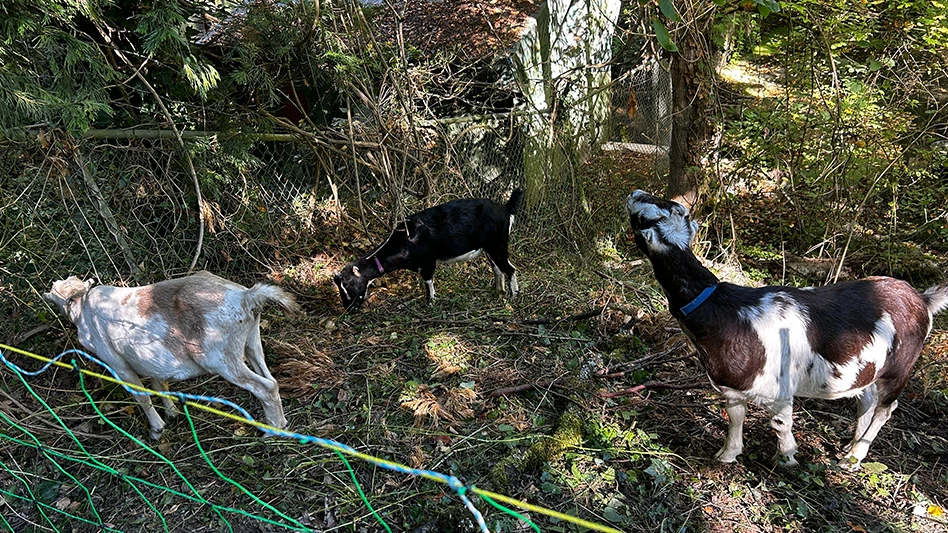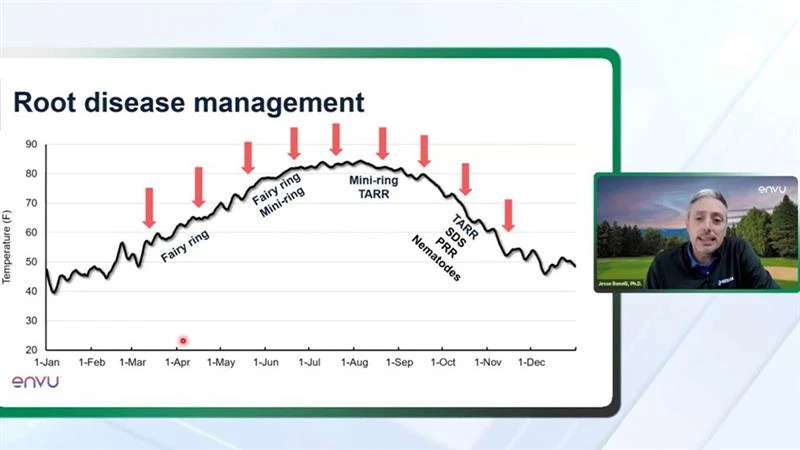 Kyle Brown Kyle BrownAssociate Editor |
Here in Ohio, on the edge of the Midwest, water availability isn’t much of an issue. I take that back. We, in fact, had a potable water scare for several days this summer after a Lake Erie algae bloom made the water in Toledo undrinkable, even after boiling, but we emerged mostly hydrated. I didn’t hear about any golf courses cutting back their irrigation. But the people I talked to from the area and the voices that bounced around the Twittershpere had a lot to say. People were blaming politicians for not being proactive about the bloom. They were taking shots at the local media for amping up coverage of a localized pressure. They were asking why we couldn’t just get water from one of the other nearby sources. For a brief moment this summer, Toledo and much of California shared some similarities, and the coincidence was surprising for an area that has plenty of apparent water resources. One moment the water was there, and the next, it just wasn’t. Since we started covering the drought in California, the situation has become more and more intense. The statewide restrictions in July capped off what had been uneasy urging for people to use less water as the state withered under record drought for a third year. Though there have been some mild gains in potable water usage reduction, people are still worried about fines and picking at clueless council members wasting the resource. For all the reporting and fear-mongering going on about it, even in our industry, the issue gets swallowed up by the noise. No single viewpoint is going to cover it. No opinion piece will restore the abundance. We’ve already covered the complicated legal history of California water use on the Superintendent Radio Network (SRN) podcast. We broke out several stories of the direct approaches superintendents were taking to give their course the best shot at surviving by keeping the turf and budget healthy. If you want to listen to their stories, enter bit.ly/WCcrisis in your browser, or just look back through this summer’s podcast feed. This month’s cover story follows GCI assistant editor Guy Cipriano on a unique tour of three California courses all experiencing the drought differently. Some have more resources than others, and each is dealing with diverse pressures. Forget how far away Toledo is from California – even only separated by a few miles, each San Diego course featured faces its own problems during this drought. But follow the common thread in his reporting, and you’ll see what unifies all three courses, along with the courses mentioned on SRN: Rather than being caught up in crosstalk, they’re all taking action to try to provide the best resources they can. Whether they’re backed up against the ocean or stuck with poor soil, they’ve learned from proactive superintendents like their colleagues in Georgia in the past few years. It’s easy to shrug off these stories with a course situated somewhere with plenty of natural resources, but the same varied water issues plaguing California courses right now will almost certainly continue inland. The danger to golf comes from pretending water will always be there, that could never happen here. But the facts say otherwise. One moment the water could be there; the next, it’s just not. |

Explore the November 2014 Issue
Check out more from this issue and find your next story to read.
Latest from Golf Course Industry
- Albaugh receives registration for chlorantraniliprole
- Honored by the association he helped expand
- The Carolinas GCSA Conference and Show: 5 W’s preview
- A great game. A sustainable game
- Envu welcomes new campaign activation manager
- Beyond the Page 61: An apprenticeship roundtable
- Epoch Science introduces Plant Fitness turf product line
- Pennsylvania preservation





